The Pokemon Trading Card Game is an easy game to get into, but it can be surprisingly difficult to master. Part of it comes down to deck control, which means making sure you get the cards you need when you need them. You’ll also need to ensure that every card synergizes strongly. Success means not a single spot of 60 wasted.
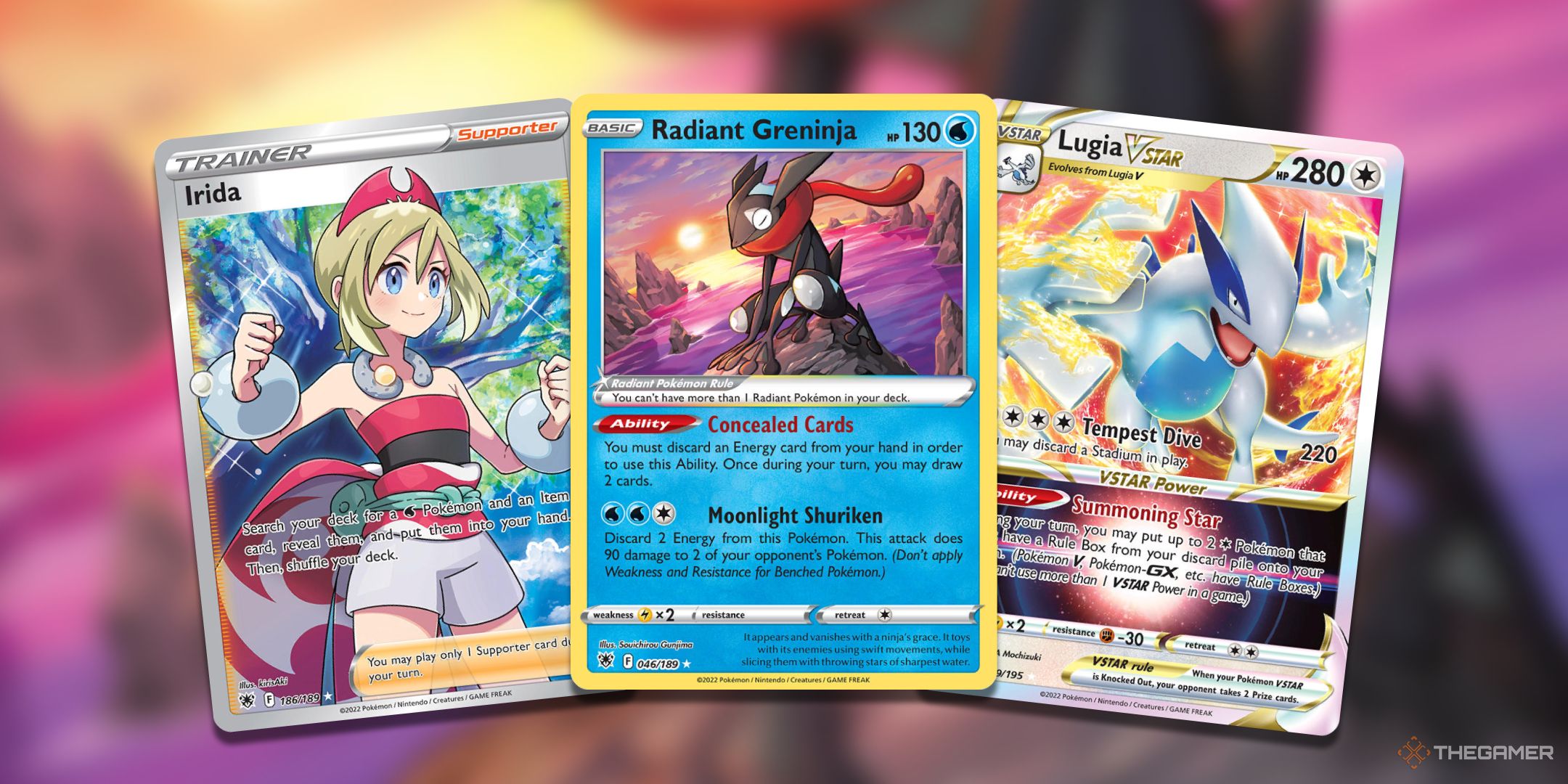
Related
Pokemon TCG: The 11 Cards We’ll Miss Most After 2025 Rotation
Make the most of using these cards while you can.
There’s a lot of depth to this game’s strategy, but it’s not all theory. By playing the game, you’ll quickly see where your deck’s strengths and weaknesses are. If you keep the following tips in mind, you will start strong right out the gate, minimizing the time it will take you to become a competitive Pokemon TCG player.
Updated on January 24, 2025, by Ryan Hay: There are plenty of rules and lessons to learn while building your personal deck in the Pokemon TCG. Some come from playing the game and getting familiar with your deck, while others come from studying and understanding your cards. If you’re ready to jump into building your own deck and make the move to a more competitive play, we have updated this article with some more tips to get started.
11
Start With A Solid Deck Structure
It’s The Basis Of Every Deck
When players first start building decks, they often put too much emphasis on Pokemon and Energy cards. The former mistake is understandable; after all, it’s the iconic nature of these critters that has printed billions of dollars for decades. The latter is also an easy trap to fall into, as it’s a reasonable reaction to see your Pokemon’s energy costs and fear the worst.
We recommend giving the following formula a chance when you’re just starting out: 15 Pokemon, 12 Energy, 33 Trainer. Depending on your future needs, you may end up with decks that have greater or fewer of each main category, though you’ll rarely, if ever, climb higher than 20 Pokemon or 15 Energy.
10
Typing Isn’t Everything
Learn To Let The Video Game Rules Go
In the Pokemon games, it’s best to have six Pokemon of different types with move sets that can counter anything you might run into. You take Ice Pokemon to fight Dragon Pokemon or Bug Pokemon for Dark and Grass Pokemon. But in the Trading Card Game, you don’t have that luxury. You could try to have six different types and have one for each stage of their evolution, and at least four Energy types. But that is terribly impractical. The odds of drawing the right Pokemon for the right Energy card are nil, especially when you factor in the possibility that it’s part of the Prize Card pile.
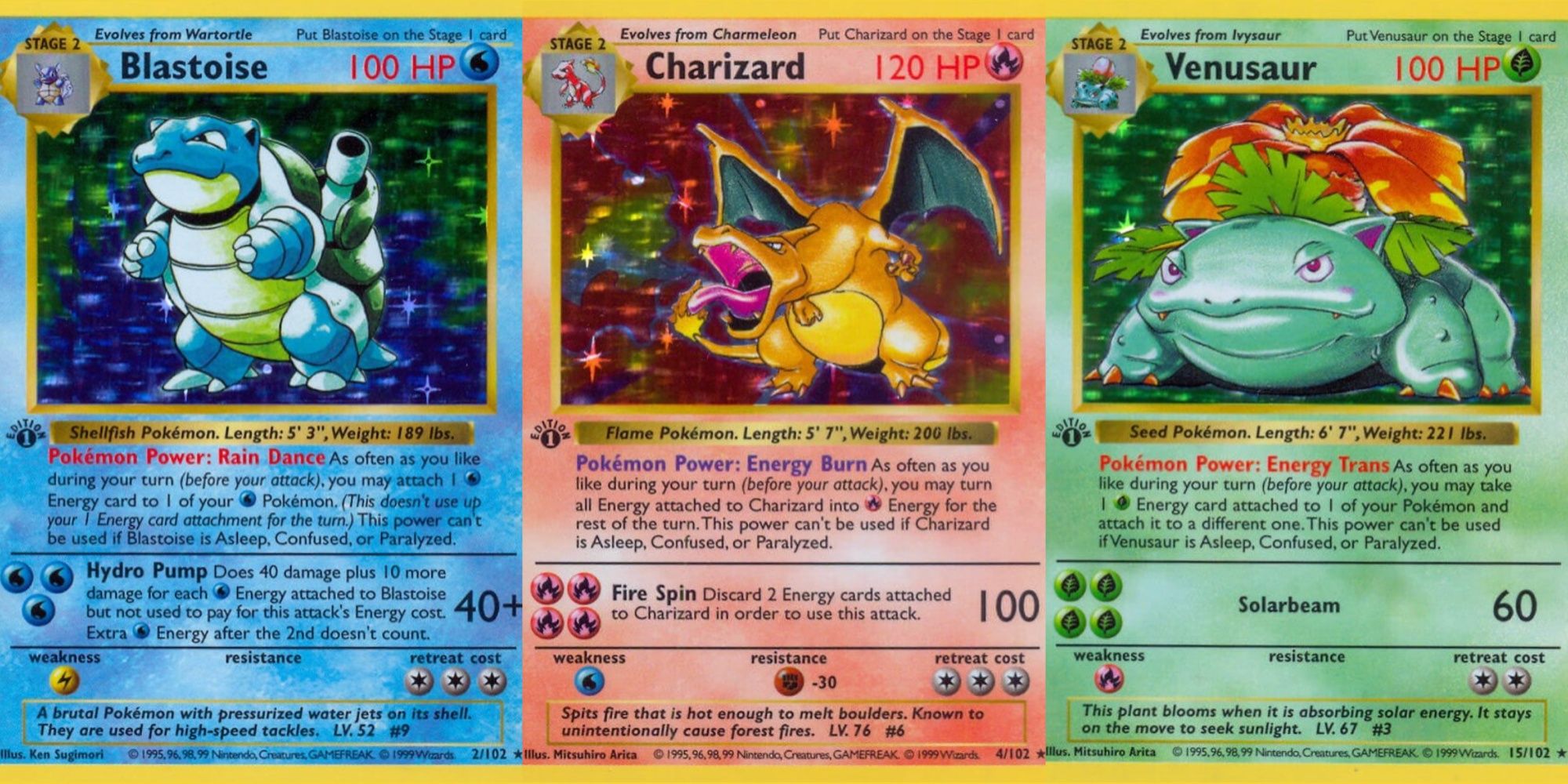
Related
Pokemon TCG: The 14 Most Valuable Cards From Base Set
Ever wondered about how much your old Pokémon cards are worth? If you’ve got the cards on this list, you’re sitting on a fortune!
So, does that mean you should build your deck around one or two types? Possibly. Possibly not. That’s not the most helpful advice, we realize. It boils down to whether or not the cards you need can all be found within so few types. One of the trickiest aspects of the game is recognizing that sometimes, you’ll have (for example) a Fire/Water deck that also contains a handful of Pokemon from other types.
Ultimately, our recommendation is to aim for something around one to two types with a handful of outside cards when needed.
There are ways to get around the need for energy cards of both types if you’re doing dual-type decks. In fact, there are even ways to get around needing ‘basic’ Energy cards at all. Look for nifty special Energy such as Fusion Strike, Double Turbo, and Regenerative.
9
Pick A Solid Main Attacker
Your Primary Plan
Not all Pokémon are suitable to be a deck’s main attacker. To qualify, your main attacker absolutely needs to have these two traits: Firstly, it must be able to set up quickly, and secondly, it needs to do a lot of damage.
What does it mean to set up quickly? It means you need to be able to start attacking as soon as possible, and that depends largely on the energy cost of your Pokemon’s attacks. Terapagos EX has both a two-energy colorless attack that scales with your Bench. It also has a three-energy special attack that takes three different types, but the trade-off is an exceptionally powerful effect.
8
Include Utility Pokemon
They Do A Bit Of Everything
Not every Pokemon can be your main attacker or even a secondary one. Some Pokemon have powerful abilities that can add significant utility to your deck. Archeops from Silver Tempest has the Primal Turbo ability, letting you search your deck for up to two Special Energy cards and add them to one of your Pokemon.
While Archeops isn’t particularly powerful, and you probably will never have to attack with Archeops, the ability lets you take a stronger card and immediately attack with it. Paying careful attention to your Pokemon’s abilities can help you control your deck. The more control you add, the less you’ll be subject to random chance, and the better a winning strategy you can reliably incorporate at any given time.
7
Plan Your Setup Strategy
Draw All The Cards
You know who your main attacker is, so now you need to get them out on the field as quickly as possible. But not just your attacker. You’ll also need them to have Energy and Items equipped. Maybe you need a Stadium out on the field and your bench out as well.
If you need specific cards, make sure you have either multiple copies of them (if you can) or have ways to search them up. Cards like Neo Upper Energy will help accelerate your primary attackers when conditions are met and can put you leagues ahead of your opponent. Meanwhile, cards like Ultra Ball can find whatever Pokemon card you need, making it so you don’t need to rely on the luck of the draw to get your strategy started.
6
Select The Right Trainer Cards
Everyone Needs A Little Help
It’s not enough to just throw any Trainer cards in your deck. You need the right ones, and the answer to what is “right” is going to vary significantly depending on your strategy and personal preference.
Trainers come in four subtypes, which should help to explain why they’re so prolific in deck-building:
- Supporters
- Items
- Tools
- Stadiums
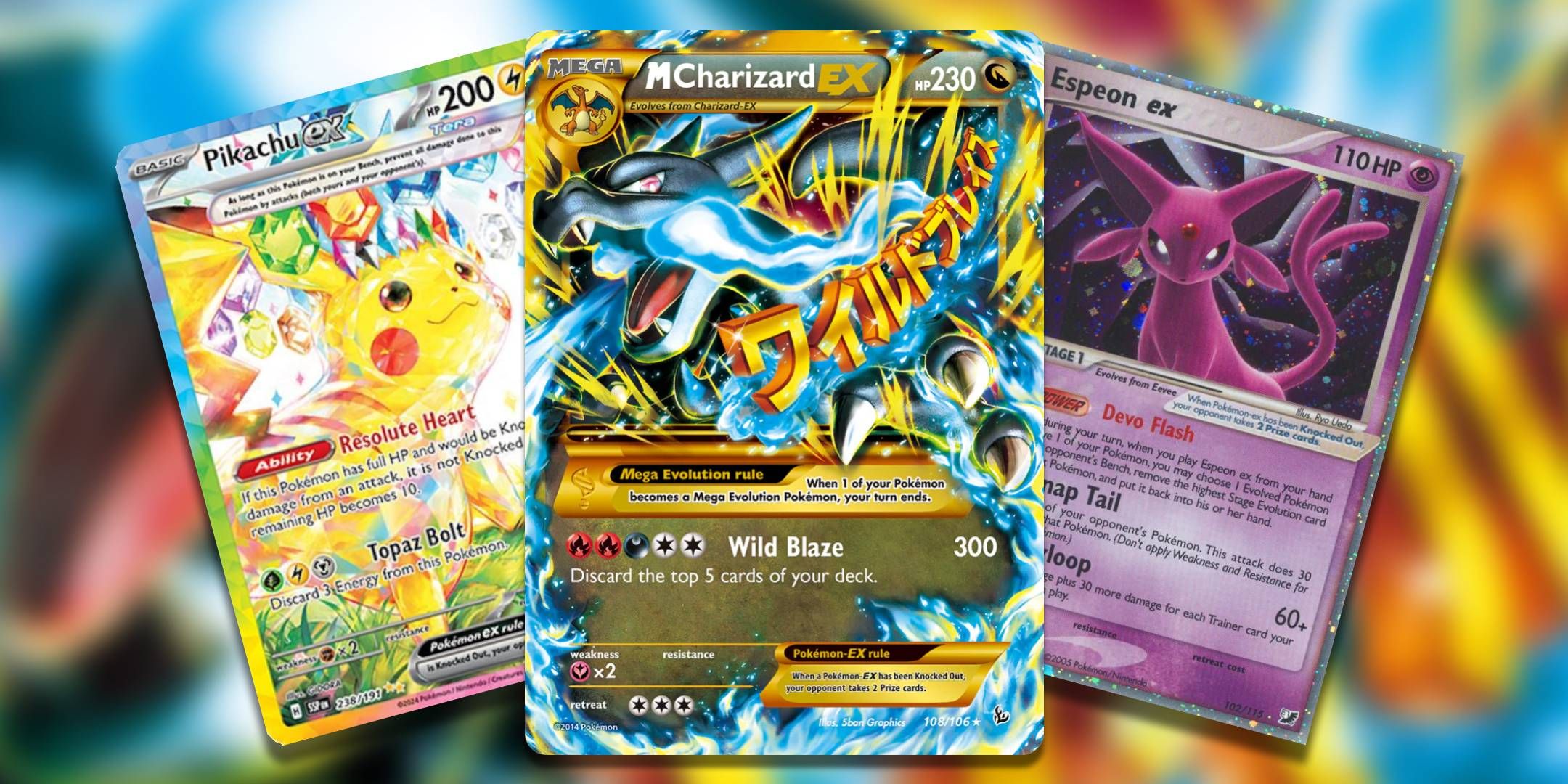
Related
Pokemon TCG: 10 Most Valuable Pokemon ex Cards
Ex cards are the bread and butter of the Pokemon Trading Card game, and these cards are the most valuable of the bunch.
For Supporters, it is critical that most of them are cards that allow you to draw. To start with, include eight to ten of these. Be sure to have at least a few that allow you to shuffle your hand back into your deck. Drawing is important, but so is not running out of cards. Then include three or four other Supporters for added utility, like the excellent Boss’ Orders card that will force your opponent to replace their active Pokemon with one of your choice.
You can use as many Item cards per turn as you’d like, while Supporters are limited to one per turn.
For Items and Tools, shoot for 17 cards, with six to eight of them being Pokemon search cards. These will help you get your main attacker out as quickly as possible, helping you secure a quick win. And finally, pick three Stadium cards that complement your Pokemon’s type and move set.
You won’t always follow our number suggestions. In fact, you may never find cause to do so. But our ratios are fairly common for a reason. And even if you’re not using Stadiums actively, strongly consider adding one to your deck to counteract the effect of one your opponent might send out since the only way to get rid of a Stadium is with another Stadium card.
5
Play With Other People’s Decks
Learn All Their Secrets
When you copy a winning deck, that doesn’t mean that you’ll automatically win. You have to learn how the deck works and why. By playing with decks built by other people, you’ll start seeing the logic behind the deck. What cards do they have? What moves do they use most often? When should you be using your Trainer cards?
Play with the deck several times to get a feel for what it does well and where it feels lacking. As you learn the meta of the game as a whole, and for your local community if you’re playing at a gaming store, you will understand where certain decks fall short and how to get around various decks.
4
Stick To The Current Sets
It’s Always Changing
One major thing to keep in mind is that every so often, the Pokemon TCG will go through what is called a Rotation. This means older sets are moved out of the Standard format, easily the most played and most widely supported format.

Related
Pokemon Pocket Vs. Pokemon TCG Live: Which Game Is Better?
Is Pokemon Pocket or TCG Live the very best like no one ever was?
As sets rotate out of Standard, they will no longer be playable in Standard legal decks. Making sure you play with cards from the most recent sets, or at least ones that are not rotating soon, is vital in making sure that your commitment and investment in a new deck isn’t lost in a few months.
The next Pokemon TCG Standard Rotation is coming on April 11, 2025, kicking out all cards with the “F” regulation mark, found on the bottom left-hand corner of the card, near the set symbol.
3
Read Your Cards
Check Out The Fine Print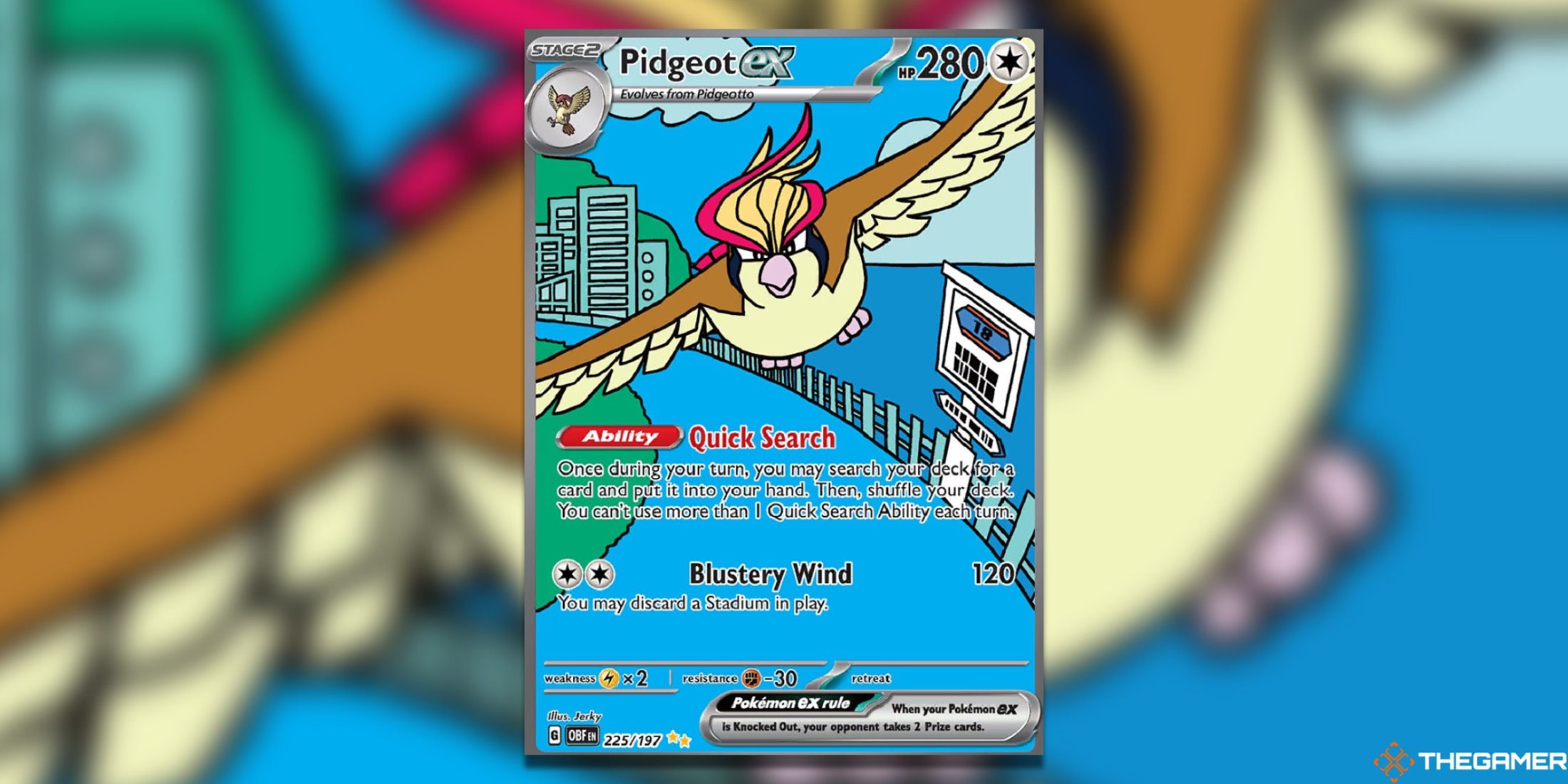
This might seem like a silly thing to include, but we cannot stress how vital it is that you read every inch of your cards. Make sure you know all the Energy commitments of your attacks, what their Weakness and Resistances are, and exactly how much HP they have.
Knowing that Pidgeot ex’s Quick Search ability can only be used once each turn, even if you have multiple copies in play, will help you plan out your turns more efficiently so you’re not accidentally breaking any rules or cutting yourself off from different lines of play.
2
Understand Your Weaknesses
There Will Be Some No Matter What
Speaking of weaknesses, it is vital that you know where your deck falls short. In some cases, that might be very literal, with your Pokemon being weak to attacks of other types.
Other times, it is a matter of different decks having different philosophies behind their strategy, which can put you at a disadvantage. If you are playing a deck that takes a few turns to ramp up to full strength, a faster and more aggressive deck might beat you before you have a chance to find your footing. At the same time, a faster deck isn’t always better since if your opponent is playing a lot of cards that will disrupt your gameplan, there’s not much you can do to stop them.
1
Test, Test, Test
It Never Hurts To Go Another Round
Before you go to your local tournament, test your deck. Test them with friends, or test them yourself. Build multiple decks to face off against each other. Make decks that counter your deck so you can find ways to handle your strongest opponents.
A convenient way to test is by using the Pokemon Trading Card Game Live. With that, you can make an unlimited number of decks with the cards you have, reusing cards in multiple decks. You can also play against other people to see how your deck actually plays and quickly modify it. When ready, head out to your local tournament and play for real, or stay online and participate in tournaments that way.
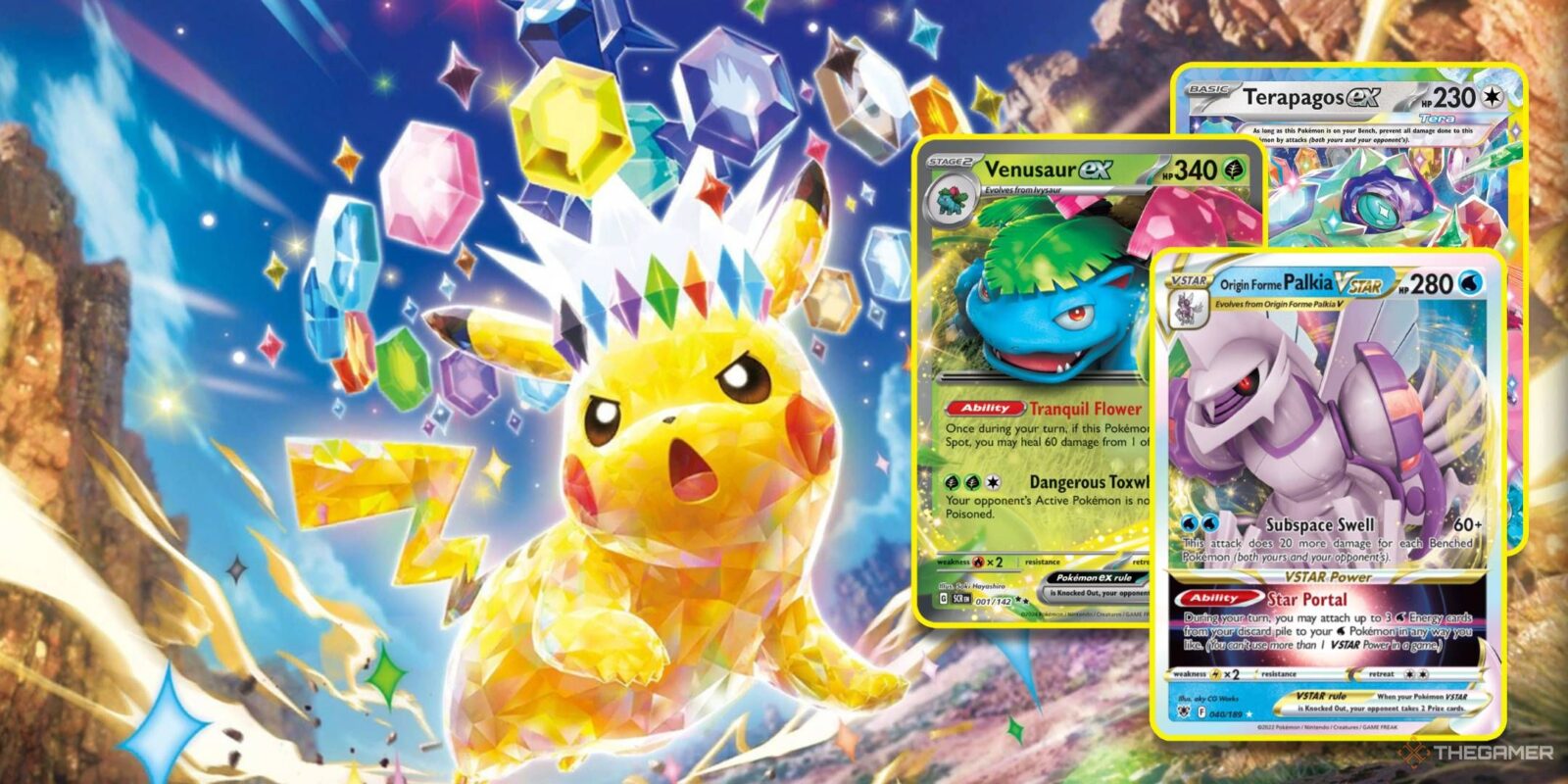
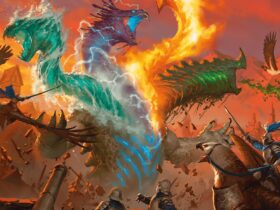
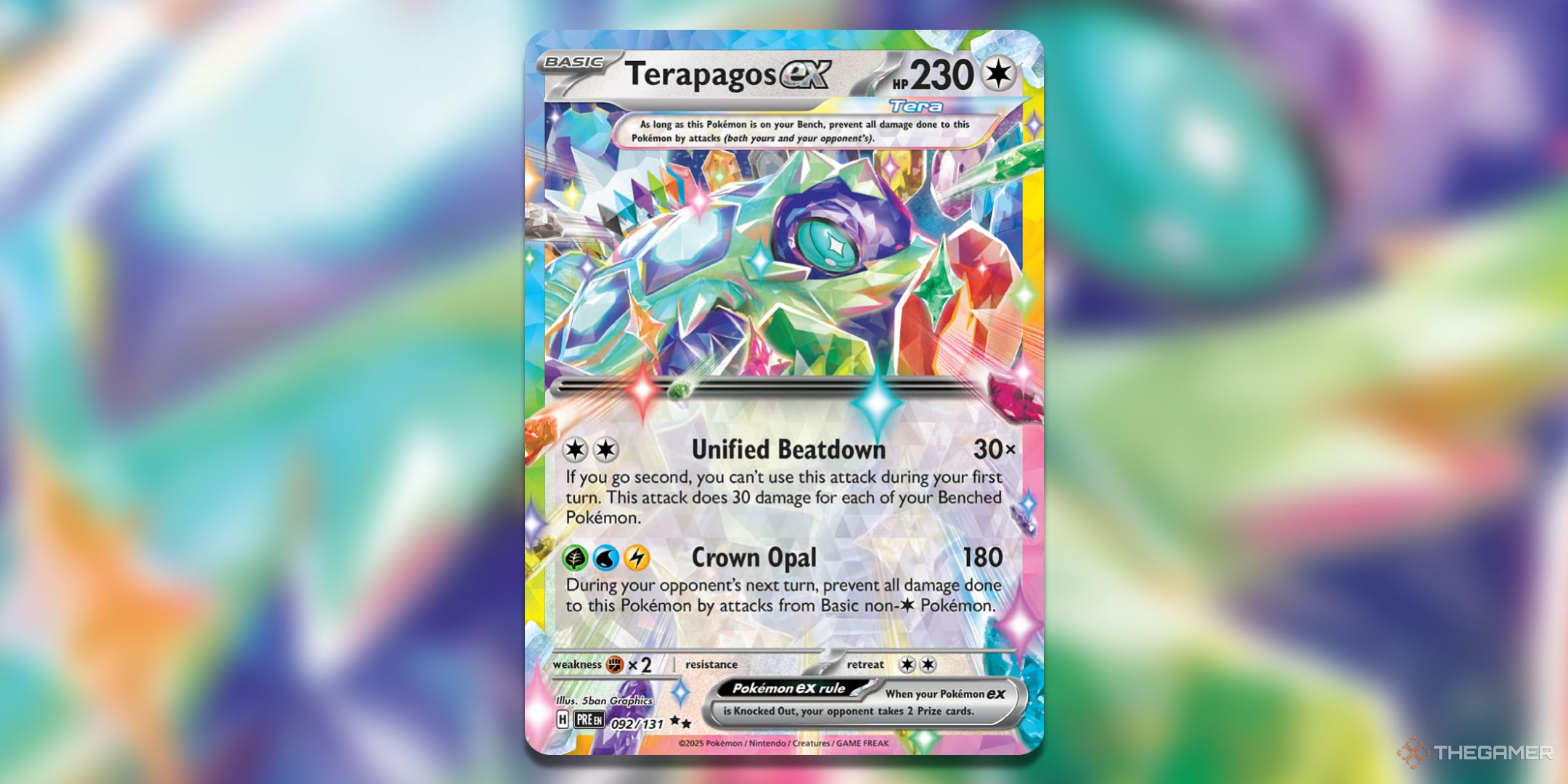
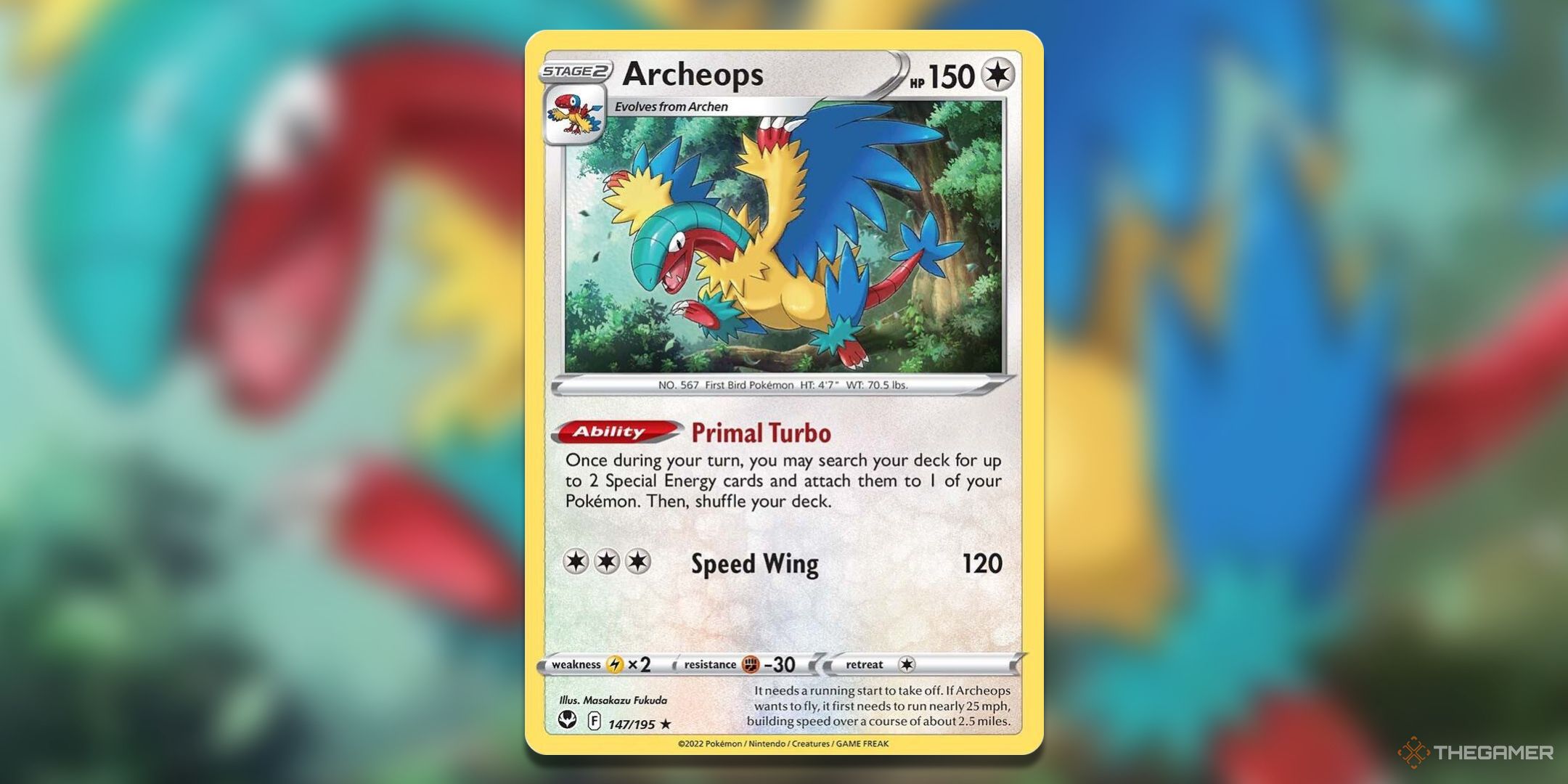
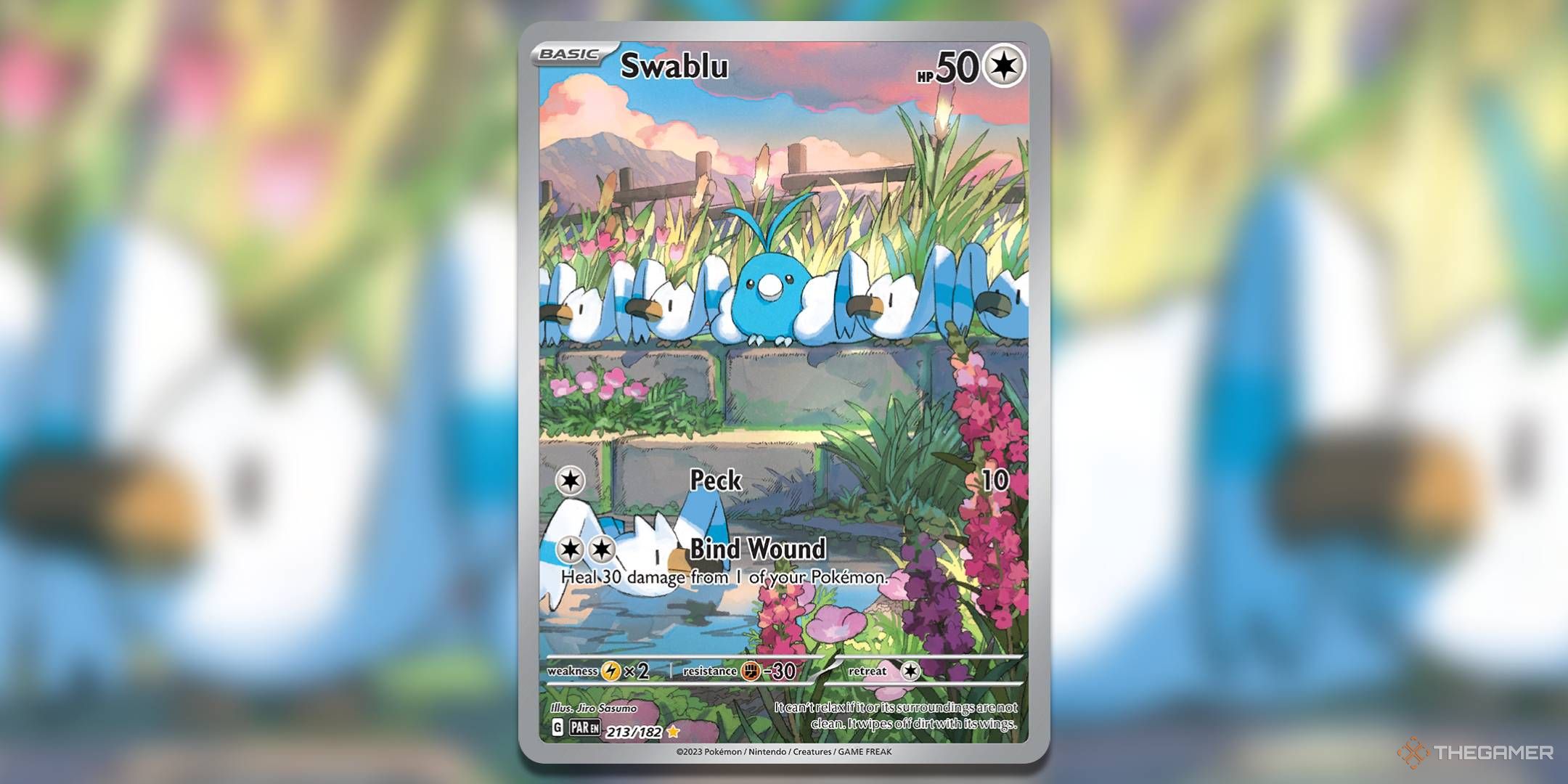
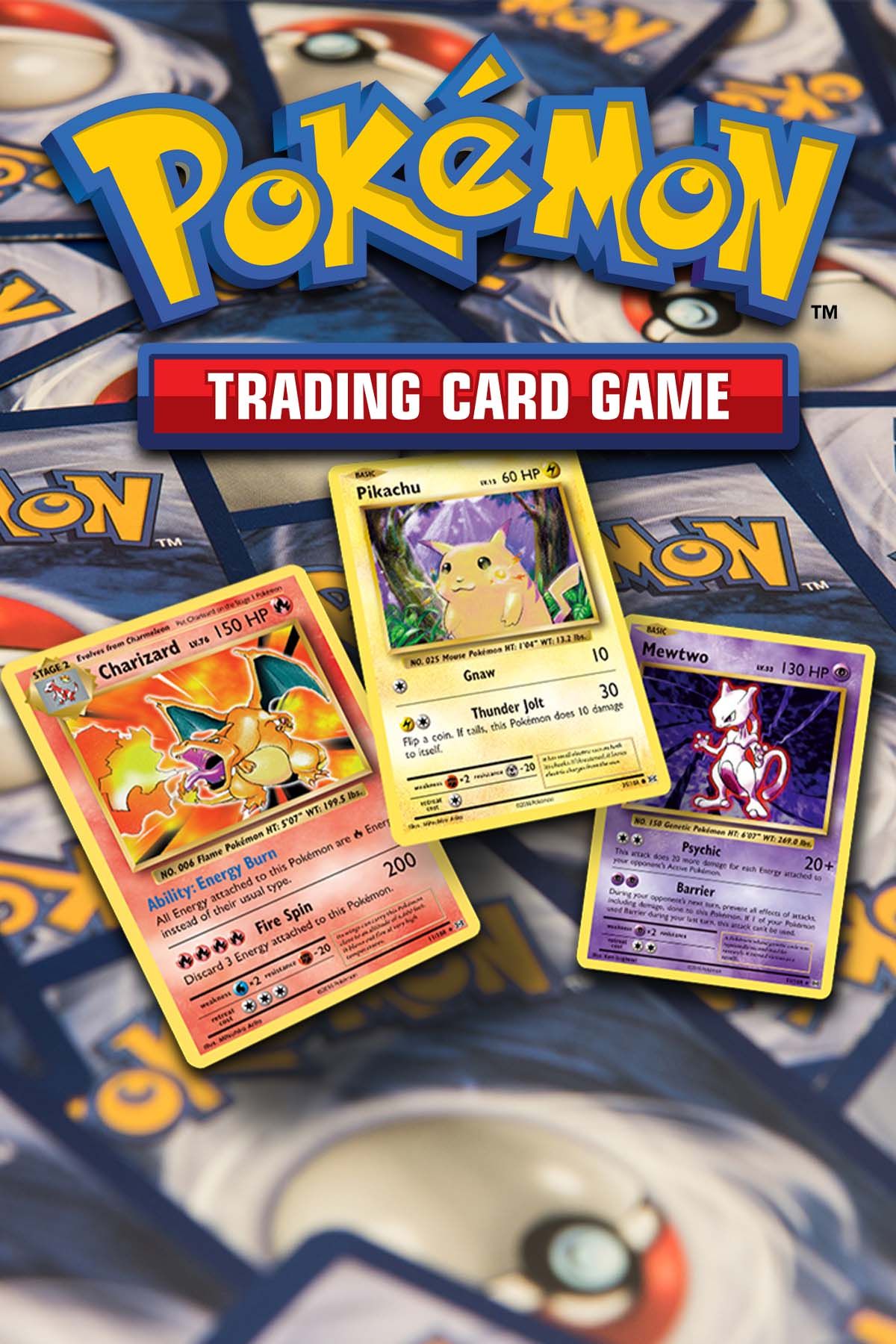


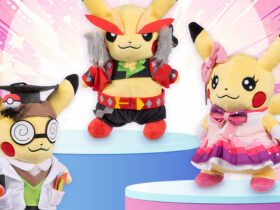
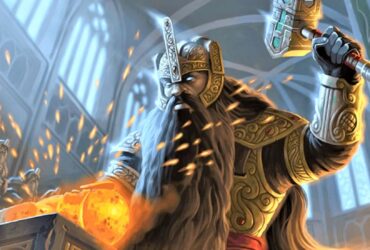
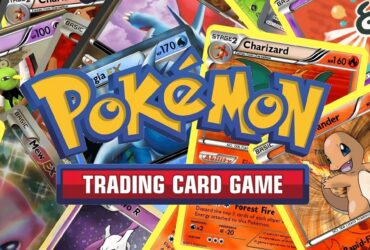

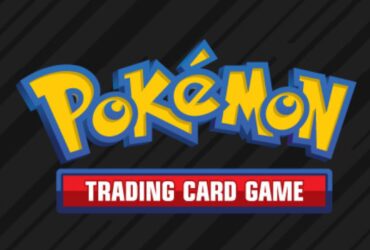
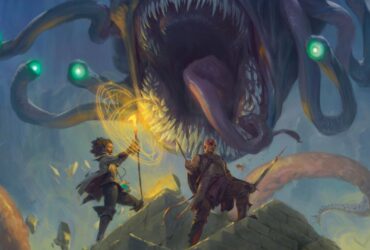

Leave a Reply